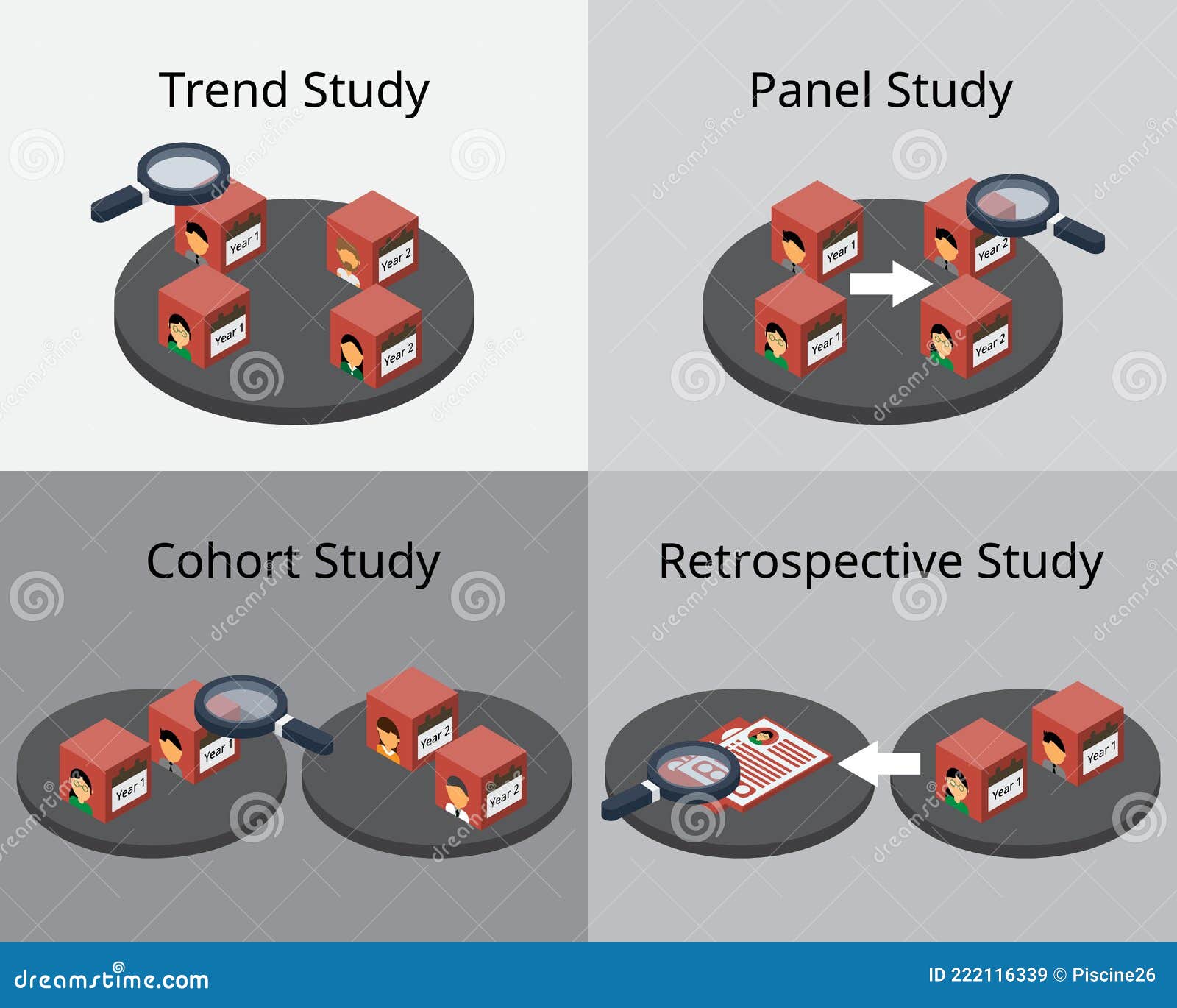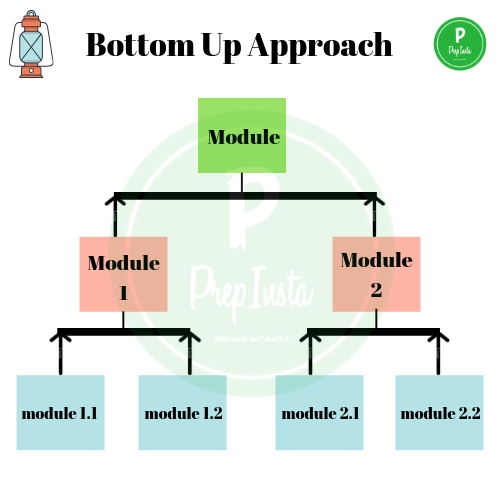Table Of Content

In this context, the one survey that was conducted is merely a snapshot of a moving phenomenon at a single point in time. In this article, we will explore the nature and importance of longitudinal studies to allow you to decide whether your research inquiry warrants a longitudinal inquiry or if a cross-sectional study is more appropriate. It follows approximately 11% of all NZ children born between 2009 and 2010.[19] The study aims to look in depth at the health and well-being of children (and their parents) growing up in NZ. The Study is used by both researchers and policymakers to better understand how Australians are aging and using health services to prevent and manage ill-health and disability and guide health system decisions.
What’s a Longitudinal Study? Types, Uses & Examples
We had significant attrition after the data collection point at six months and in retrospect we had not factored in the short disease trajectories of some patients or that some patients may have different notions of time. It may have been more useful to identify potential turning points or defining moments, from initial interviews, previously published research or clinical understanding of disease and focus on those rather than identifying set time points. For example, we know that the end of treatment, be that palliative or curative, is a significant time for patients [30,31] but treatment duration may not fall neatly into the first three months after diagnosis. However, on a practical level, it would have been very difficult with our large data set to keep track of these critical incidents for every participant and to be able to organize researcher appointments to conduct interviews. Longitudinal study designs are implemented when one or more responses are measured repeatedly on the same individual or experimental unit. These designs often seek to characterize time trajectories for cohorts and individuals within cohorts.
Longitudinal Data Modeling
Data is not presented as a longitudinal narrative but as contributing to the properties of a category. A prospective study is a longitudinal study that involves real-time data collection, and you follow the same participants over a period. Prospective longitudinal studies can be cohort, where participants have similar characteristics or experiences. They can also be panel studies, where you choose the population sample randomly. One of the ongoing debates in qualitative methodology is how quality and credibility are evaluated [40,41]. There is little debate about whether LQR poses additional questions about quality.
Contents
Action research and ethnographies rely on longitudinal observations to provide sufficient depth to the cultural practices and interactions that are under study. In anthropological and sociological research, some phenomena are so complex or dynamic that they can only be observed longitudinally. In such a design, one group (the experimental group) would receive treatment or intervention, while the other group (the control group) would not. On the other hand, cross-sectional studies tend to be cheaper and quicker but can only provide a snapshot of a point in time and thus cannot identify cause-and-effect relationships. Longitudinal studies tend to require more time and resources, but they can be used to detect cause-and-effect relationships and establish patterns among subjects.
How to Arrange an L-Shaped Sofa in Your Living Room: 5 Layout Ideas
As data is collected prospectively, causation, the temporality of cause and effect, and the processes or conditions by which this happens can also be explored in the data [4]. Many health/patient related studies are short in duration, one to two years, in comparison to LQR in the social sciences where issues, such as transitions in identity from child to adult, are investigated over decades. This may of course be because of differences in the issues/processes under investigation but may also reflect research funding in health care which is often limited to a fixed duration. This poses problems for a research team who wish to follow a population for a number of years and requires ongoing generation of funds to complete the research. As we were completing the analysis and dissemination of this large programme of research we wished to reflect on our experience of a health services research LQR project.
What are the advantages of a longitudinal study?
Unlike cross-sectional studies that measure a moment in time, longitudinal studies last beyond a single moment, enabling researchers to discover cause-and-effect relationships between variables. Researchers have an opportunity to pursue additional data points which were collected to determine if a shift in focus is necessary to review a complete set of information. If there is something interesting found in the material, then longitudinal studies allow for an option to pursue them. These are the crucial longitudinal studies pros and cons to review before setting up this form of a panel study. As described above we planned to analyze each interview before moving onto the next interview with each participant to allow reflexivity of the researcher and participant and to focus on “processes and changes” rather than snapshots. Due to the volume of data it was not always possible to do this and this is certainly a limitation of our work and may reflect the predominance of cross-sectional data in our reporting of the studies.
Goals of Longitudinal Data and Longitudinal Research
A longitudinal study is a type of correlational research that involves regular observation of the same variables within the same subjects over a long or short period. Drop out – because longitudinal studies often take place over many years, there is a very real risk that respondents drop out over the length of the study. This can happen for any number of reasons (for examples, people relocating, starting a family, a new job, etc) and can have a very detrimental effect on the study. Bias – because longitudinal studies capture current data at multiple points in time, they are at lower risk of recall bias. In other words, there’s a lower chance that people will forget an event, or forget certain details about it, as they are only being asked to discuss current matters.
Cohort effects occur when different cohorts show differing trajectories over time. It is important to minimize attrition by tracking participants, keeping contact info up to date, engaging them, and providing incentives over time. Longitudinal studies will sometimes rely on surveys and questionnaires, which could result in inaccurate reporting as there is no way to verify the information presented. Not only is it a struggle to recruit participants, but subjects also tend to leave or drop out of the study due to various reasons such as illness, relocation, or a lack of motivation to complete the full study. Some sofas are great for 3-4 people for lounging, while 6-7 people can sit on the sofa squeezed together. In addition to static graphs and tables, consider employing dynamic visualization techniques to enhance your audience's understanding of longitudinal trends.
Neural sensitivity following stress predicts anhedonia symptoms: a 2-year multi-wave, longitudinal study Translational ... - Nature.com
Neural sensitivity following stress predicts anhedonia symptoms: a 2-year multi-wave, longitudinal study Translational ....
Posted: Thu, 22 Feb 2024 08:00:00 GMT [source]
New data
The success of this study was further potentiated by the absence of treatments or modifiers, such as statin therapy and anti-hypertensives. This has enabled this study to more clearly delineate the natural history of this complex disease process. Numerous predisposing factors were postulated to align together to produce cardiovascular disease, with increasing age being considered a central determinant. These formed the basis for the hypothesis that underpinned this longitudinal study.
A population-based longitudinal study on glycated hemoglobin levels and new-onset chronic kidney disease among ... - Nature.com
A population-based longitudinal study on glycated hemoglobin levels and new-onset chronic kidney disease among ....
Posted: Wed, 23 Aug 2023 07:00:00 GMT [source]
Time invested in this initial period will improve the accuracy of data eventually received, and contribute to the validity of the results. Regular monitoring of outcome measures, and focused review of any areas of concern is essential (3). These studies are dynamic, and necessitate regular updating of procedures and retraining of contributors, as dictated by events. Various experimental studies, especially in medical research, can be longitudinal in nature.
While doing a retrospective study, the researcher uses an administrative database, pre-existing medical records, or one-to-one interviews. Many medical studies are longitudinal; researchers note and collect data from the same subjects over what can be many years. Longitudinal studies can provide a wealth of valuable information that would be difficult to gather any other way. Despite the typical expense and time involved, longitudinal studies from the past continue to influence and inspire researchers and students today.
In a prospective study, on the other hand, you are collecting data in real-time. A longitudinal study is a type of observational and correlational study that involves monitoring a population over an extended period of time. It allows researchers to track changes and developments in the subjects over time. Longitudinal studies allow for unique a specific data points to be collected. Most research study options provide a structure where data is available over a short time period for collection, offering a small window where cause-and-effect examples can be observed. Longitudinal studies provide an option to increase the amount of time provided for researchers to collect their data, sometimes on a very dramatic scale.
Longitudinal qualitative research (LQR) has been an emerging methodology over the last decade with methodological discussion and debate taking place within social research [1]. Longitudinal qualitative research is distinguished from other qualitative approaches by the way in which time is designed into the research process, making change a key focus for analysis [1]. LQR answers qualitative questions about the lived experience of change, or sometimes stability, over time. Findings can establish the processes by which this experience is created and illuminates the causes and consequences of change. Qualitative research is about why and how health care is experienced and LQR focuses on how and why these experiences change over time.




















